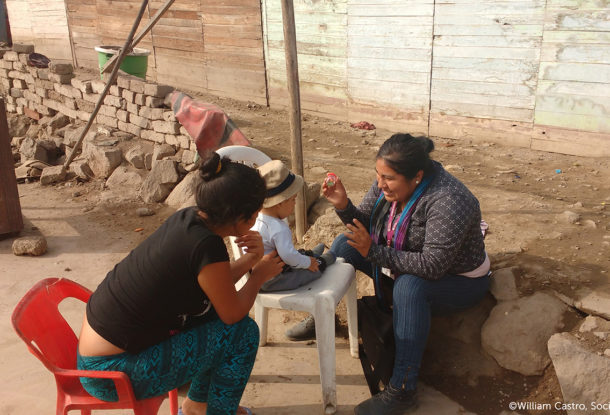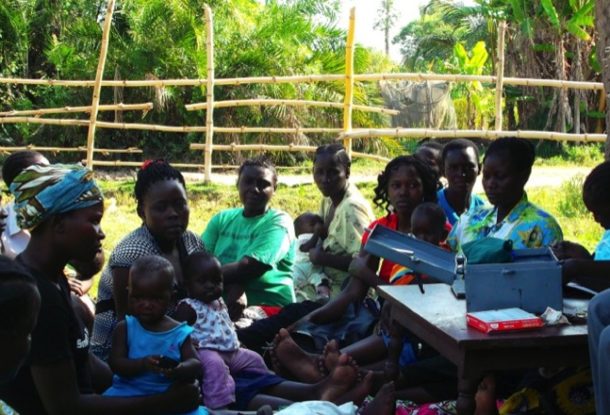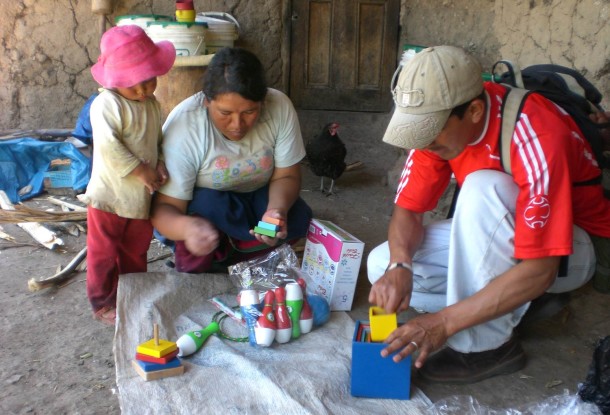In this project, feasibility, impact and cost-effectiveness of home visiting programs in poor urban families living in Sao Paulo will be assessed. Home visiting programs do not only have the potential to improve maternal well-being, [2, 3] but have also been proven effective in increasing early life stimulation and child development. [4] We will consider two delivery platforms for home visiting programs: 1) the introduction of a newly trained cadre of Child Development Agents (CDAs); and 2) the integration of home visiting programs into the Family Health Strategy (PSF). The PSF is a government-lead initiative to link health facility staff to their communities by providing monthly home visits performed by Community Health Agents (CHA). These CHAs will be trained on child development and provided with additional financial incentives for home visits.
The project will assess the developmental impact of both delivery mechanisms and combine impact data with detailed costing data to evaluate both the effectiveness and relative cost-effectiveness of both platforms.
Several recent studies from a wide range of countries such as Bangladesh, [5] China, [6] Jamaica, [7, 8] and South Africa [9] have demonstrated that home visiting programs can be highly effective in improving child developmental outcomes. The principal common feature of home visiting programs is that trained child development or community agents meet with mothers or parents on a regular basis to observe the interactions between caregivers and their children, and to provide practical guidance on how to interact with them.
At the core of these visiting programs is a detailed curriculum, which contains key topics of child health and development to be covered at each home visit. Detailed information and supporting materials for each session have been developed for the original Jamaica study and are currently being adapted to the Brazilian context.
In this project, 800 children of ages 10-14 months will be randomly selected, and divided into four groups: two treatments (I and II) and two control. In Group I, children will be visited on a bi-monthly basis by a newly trained CDA for a period of 12 months. In Group II, children will receive similar visits by CHAs Five CDAs will be hired full-time for a period of 12 months through the University Hospital, and each will be responsible for approximately 40 children (~ 5 visits per day). Already employed through the health system, ten CHAs will be selected and trained, and will support about 20 mother-child dyads each.
CDAs and CHAs will have similar demographics, and receive the same training on early childhood stimulation.
 Brazil has made remarkable progress with respect to child nutrition and child survival over the past decade, with particularly impressive results in large urban areas. According to the latest estimates, infant mortality has dropped to about 11 deaths per 1000 in Sao Paulo. [1] However, Brazil continues to struggle with a remarkably high degree of income inequality and large socioeconomic disparities. The majority of children growing up in the poor urban settlements of Brazil are not only exposed to a high burden of adverse environmental exposures, but also generally lack the social and family support children and mothers in traditional rural societies benefit from.
Brazil has made remarkable progress with respect to child nutrition and child survival over the past decade, with particularly impressive results in large urban areas. According to the latest estimates, infant mortality has dropped to about 11 deaths per 1000 in Sao Paulo. [1] However, Brazil continues to struggle with a remarkably high degree of income inequality and large socioeconomic disparities. The majority of children growing up in the poor urban settlements of Brazil are not only exposed to a high burden of adverse environmental exposures, but also generally lack the social and family support children and mothers in traditional rural societies benefit from.



